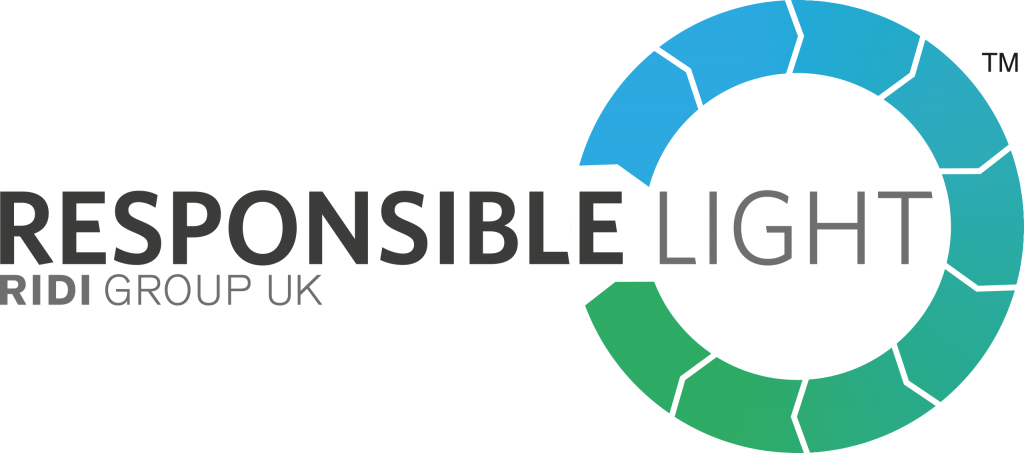Design and Standard responsibilities for the manufacturer
In the UK, some lighting design is carried out by professional lighting designers-probably not more than 5% of the market. Lighting manufacturers are responsible for supporting design teams in the rest of the market. Lighting manufacturer will be asked to support their product proposals with a design support and this may vary from simple calculations to a complex 3D design proposal with supporting documents.
Panagram
Transformation of a 1980s office building into vibrant new workspace
Complying with Legislation and Guidance
This is a responsibility not to be underestimated. In the ever changing and disruptive world of LED technology, lighting design support carries many responsibilities previously unforeseen. Sustainability is now top of our agenda and the need to product a design which complies with (ever changing and complex) legislation and guidance is more critical than ever.
There is a plethora of guidance to keep on top of -not just lighting design guidance but now product design guidance in the form of, for example TM65 (embodied carbon) and TM66 (lighting for the circular economy.
88 Wood Street
A Circular Edconomy Story. The iconic 90’s Roger Stirk Harbour Skyscraper revitalised.
Lighting design is going through a small revolution’
According to an article in CIBSE Journal in January of this year about the new BS EN 12464-1:2021 standard, ‘Lighting design is going through a small revolution’. On the more technical side, we have not just required levels of illuminance but now additional requirements for mean cylindrical illuminance, walls and ceiling. The guidance is also considering increased factors like age of user for visual tasks and better quality accurate criteria are required for the tables.
There is also a change in the border area. To simplify uniformity calculations, points within a band next to the wall can be excluded from the calculation, unless the area of the visual task lies within this boundary area. The introduction of this band allows for a more efficient and cost-effective lighting system.
Cambridge Central Mosque
Europe’s first Eco Mosque.
BS EN12464-1:2021 Light and lighting, including non visual aspects of lighting and smart lighting
In addition to these visual changes there is increased focus on the non visual aspects of artificial lighting and its effects on our circadian rhythms. Add in smart lighting control to the mix and there is plenty to focus on! The days of promoting ‘dark light’ fixtures as a panacea for offices (misinterpretation of the guidance at the time but a marketing dream for some manufacturers..) are now over. Although in some cases this has been replaced by unscrupulous manufacturers promoting ‘compliant’ lens fixtures instead. Experience tells us that the luminaire itself is never compliant-only when designed correctly in the space.
RIDI Group Well Light
At the forefront of lighting design and technology
At RIDI we take our role seriously in supporting the design team on projects. Working closely with many types of specifiers, including architects we are often at the forefront of sophisticated levels of design and technology. This motivates us to push the boundaries of both product and lighting design. A case in question was the design of Leeds station lighting-the first of we believe, a full circadian lighting system in the transport sector.
Leeds Station
The first full circadian lighting system in the public transport sector.

